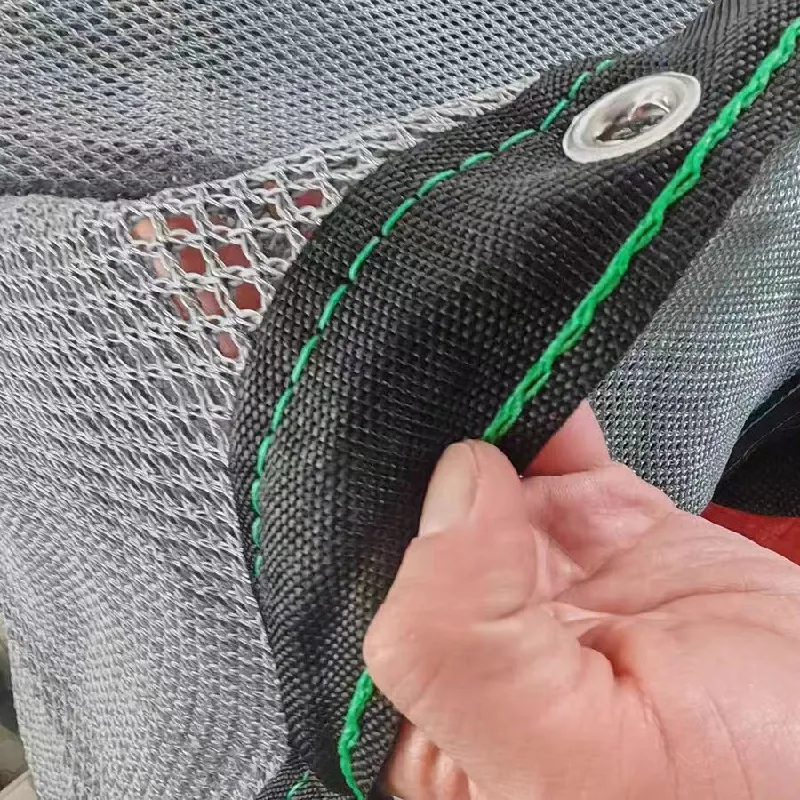-
 Afrikaans
Afrikaans -
 Albanian
Albanian -
 Amharic
Amharic -
 Arabic
Arabic -
 Armenian
Armenian -
 Azerbaijani
Azerbaijani -
 Basque
Basque -
 Belarusian
Belarusian -
 Bengali
Bengali -
 Bosnian
Bosnian -
 Bulgarian
Bulgarian -
 Catalan
Catalan -
 Cebuano
Cebuano -
 China
China -
 Corsican
Corsican -
 Croatian
Croatian -
 Czech
Czech -
 Danish
Danish -
 Dutch
Dutch -
 English
English -
 Esperanto
Esperanto -
 Estonian
Estonian -
 Finnish
Finnish -
 French
French -
 Frisian
Frisian -
 Galician
Galician -
 Georgian
Georgian -
 German
German -
 Greek
Greek -
 Gujarati
Gujarati -
 Haitian Creole
Haitian Creole -
 hausa
hausa -
 hawaiian
hawaiian -
 Hebrew
Hebrew -
 Hindi
Hindi -
 Miao
Miao -
 Hungarian
Hungarian -
 Icelandic
Icelandic -
 igbo
igbo -
 Indonesian
Indonesian -
 irish
irish -
 Italian
Italian -
 Japanese
Japanese -
 Javanese
Javanese -
 Kannada
Kannada -
 kazakh
kazakh -
 Khmer
Khmer -
 Rwandese
Rwandese -
 Korean
Korean -
 Kurdish
Kurdish -
 Kyrgyz
Kyrgyz -
 Lao
Lao -
 Latin
Latin -
 Latvian
Latvian -
 Lithuanian
Lithuanian -
 Luxembourgish
Luxembourgish -
 Macedonian
Macedonian -
 Malgashi
Malgashi -
 Malay
Malay -
 Malayalam
Malayalam -
 Maltese
Maltese -
 Maori
Maori -
 Marathi
Marathi -
 Mongolian
Mongolian -
 Myanmar
Myanmar -
 Nepali
Nepali -
 Norwegian
Norwegian -
 Norwegian
Norwegian -
 Occitan
Occitan -
 Pashto
Pashto -
 Persian
Persian -
 Polish
Polish -
 Portuguese
Portuguese -
 Punjabi
Punjabi -
 Romanian
Romanian -
 Russian
Russian -
 Samoan
Samoan -
 Scottish Gaelic
Scottish Gaelic -
 Serbian
Serbian -
 Sesotho
Sesotho -
 Shona
Shona -
 Sindhi
Sindhi -
 Sinhala
Sinhala -
 Slovak
Slovak -
 Slovenian
Slovenian -
 Somali
Somali -
 Spanish
Spanish -
 Sundanese
Sundanese -
 Swahili
Swahili -
 Swedish
Swedish -
 Tagalog
Tagalog -
 Tajik
Tajik -
 Tamil
Tamil -
 Tatar
Tatar -
 Telugu
Telugu -
 Thai
Thai -
 Turkish
Turkish -
 Turkmen
Turkmen -
 Ukrainian
Ukrainian -
 Urdu
Urdu -
 Uighur
Uighur -
 Uzbek
Uzbek -
 Vietnamese
Vietnamese -
 Welsh
Welsh -
 Bantu
Bantu -
 Yiddish
Yiddish -
 Yoruba
Yoruba -
 Zulu
Zulu
welded wire
The Versatility and Applications of Welded Wire
Welded wire, a robust and versatile material, has become an essential component in various industries and applications. It is created by welding together thin strands of metal wire to form a grid or mesh. This manufacturing process not only enhances the strength and durability of the wire but also provides numerous functional benefits, making it a popular choice across various sectors.
One of the most common uses of welded wire is in the construction industry. Welded wire mesh is often utilized in concrete reinforcement, providing structural integrity to floors, walls, and ceilings. When embedded in concrete, this mesh helps distribute loads more evenly, preventing cracks and reinforcing the overall stability of the structure. This application is particularly crucial in large-scale projects where load-bearing capacity is paramount.
In addition to construction, welded wire has found significant use in the agricultural sector. Farmers and ranchers use welded wire fencing to enclose livestock, protect crops from wildlife, and delineate property boundaries. The durability and strength of welded wire make it resistant to rust and corrosion, ensuring that the fencing maintains its integrity in harsh weather conditions. Moreover, its versatility allows for various configurations and heights, tailoring the solution to specific needs.
Another notable application of welded wire is in manufacturing and industrial settings. It is used in the production of various containers and pallets, which facilitate the movement and storage of goods. Welded wire baskets and racks are also utilized extensively in warehouses for organizing inventory and optimizing space. Their open design allows for easy visibility of contents, enhancing accessibility and efficiency.
welded wire

Welded wire mesh is also a popular material in the realm of DIY projects and home improvement
. Many homeowners and hobbyists use it for a multitude of purposes, including creating decorative garden fences, trellises, and even customized storage solutions. The adaptability of welded wire allows it to be easily cut, shaped, and welded into different forms, enabling creativity and innovation in personal projects.Safety and security are additional reasons for the widespread adoption of welded wire. Its robust structure makes it difficult to breach, making it an ideal choice for protective barriers and security fences around properties, construction sites, and industrial facilities. The visibility provided by the mesh design can also serve as a deterrent to potential intruders while ensuring that security personnel can monitor the area effectively.
In environmental and conservation efforts, welded wire plays a critical role as well. It is often used in erosion control and habitat restoration projects. The mesh allows vegetation to grow through it while providing support, creating a stable environment that can withstand soil erosion and promote biodiversity. Additionally, welded wire is used in wildlife fencing to keep animals safely contained or to protect sensitive ecosystems from encroachment.
Despite its many advantages, selecting the right type of welded wire is essential to maximizing its benefits. Factors such as the gauge of wire, spacing of welds, and material selection (such as galvanized or stainless steel) can significantly influence the performance and lifespan of the welded wire mesh. It is crucial for users to assess the specific demands of their projects to choose the most appropriate welded wire solution.
In conclusion, welded wire is a fundamental material that offers unparalleled strength, flexibility, and versatility across various applications. From construction and agriculture to DIY projects and security solutions, its utility is evident in everyday life and industry. As technology advances and industries evolve, the applications for welded wire are likely to expand even further, solidifying its position as a critical component in modern infrastructure and innovation.
-
Shipping Plastic Bags for Every NeedNewsJul.24,2025
-
Safety Netting: Your Shield in ConstructionNewsJul.24,2025
-
Plastic Mesh Netting for Everyday UseNewsJul.24,2025
-
Nylon Netting for Every UseNewsJul.24,2025
-
Mesh Breeder Box for Fish TanksNewsJul.24,2025
-
Expanded Steel Mesh Offers Durable VersatilityNewsJul.24,2025











